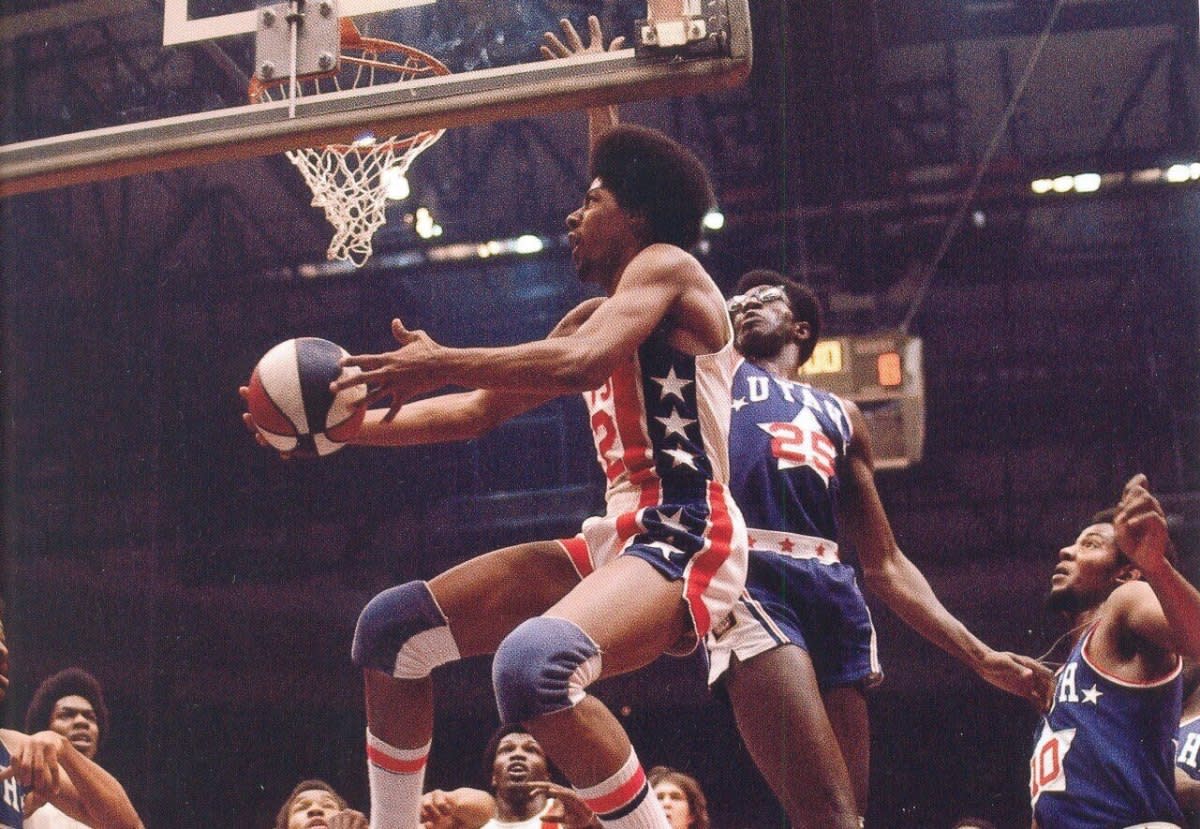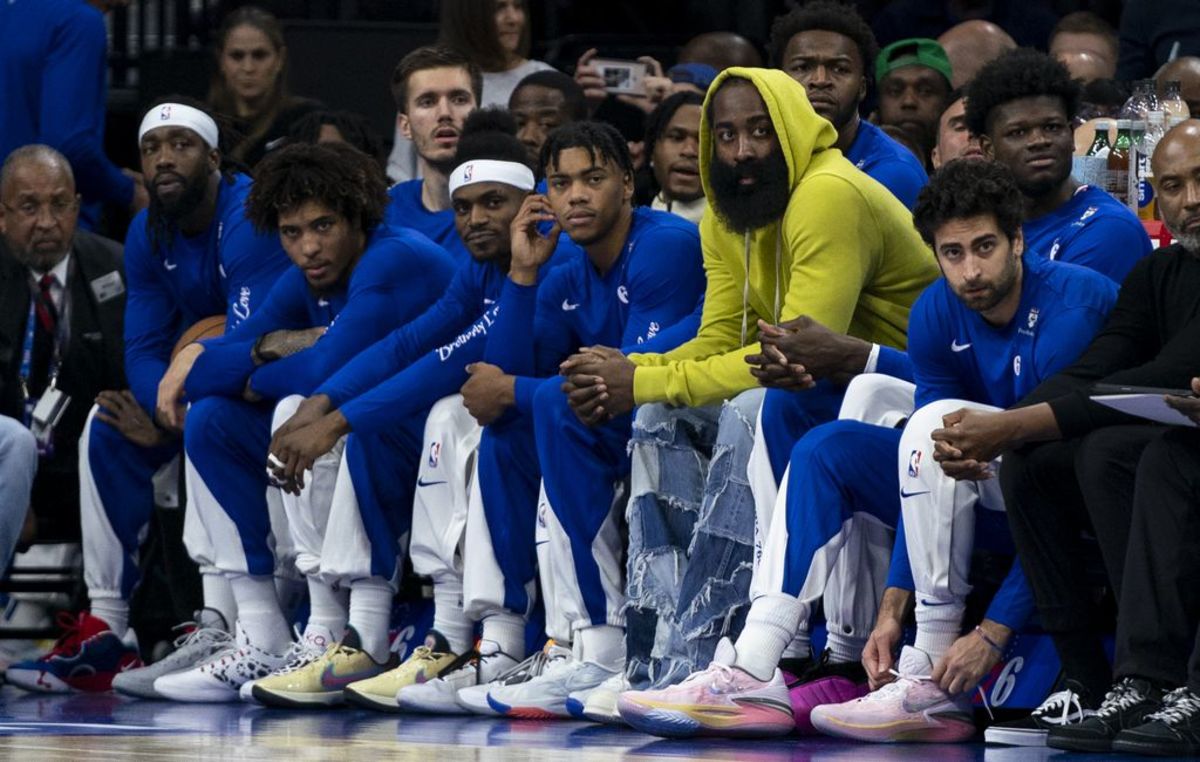How to Shoot a Basketball - For All Ages
One Form Does Not Fit All
There is no universal way to teach or learn how to shoot a basketball. Just look at the NBA. There are commonalities among nearly every successful shooting form, but each person has his/her own individually unique form. Think of it like snowflakes: no two are exactly alike. However, there are basic principles for success that hold true for shooters at every age, and that will form the basis for what will be covered here today. As you scroll down, find the appropriate age where you (or your child) should be at in the development of his/her own personal shooting form. Everyone progresses at different rates, so the specific instructions provided below should be followed as guidelines for what the "typical" person at that age needs to focus on.


6 years and younger
Principle #1 - Have FUN. If you want your child to learn how to shoot a basketball at an early age, you are going to have to make it fun. This is the most important concept to understand when teaching shooters in this age range. If they never have fun when playing basketball, not only are they not going to want to practice at this age, but they definitely will not want to when they are older. And in order to be a successful basketball player, you have to be willing to practice on your own; because you want to, not anyone else.
Principle #2 - Set your feet. Many times kids will want to just run around and toss up the basketball whenever they feel like it's the right time to shoot, even if they're still running or turned completely sideways. Teach them to simply face the basket and make sure that they're not still running when they heave the ball up. This will introduce the idea to them that there actually is a proper way to shoot (which they will learn more details about later), and their set feet will give them a solid foundation from which they can impose the rest of the movement with their arms that is required for the shot.
Do not worry about perfect form with their arms yet. They are still too weak to get the ball to the basket without using their entire body, so just focus on fun and set feet before moving on to higher-level principles.
How Old Were You When You Learned How to Shoot a Basketball?
7-10 years old
Before we begin with these next principles, it is important to understand that all principles are cumulative. That is, when teaching a 9-year-old how to shoot a basketball, the principles that a 6-year-old learned still hold true. I only introduce new principles with each step, so keep that in mind when looking at each age section.
Principle #1 - Begin shooting with one hand. This can be a frustrating step for some kids because their muscles will still be relatively weak. Make it easier for them by starting with the goal at a lower height and/or giving them a smaller ball. Do not be concerned with perfect form yet. Just show them how to place their hands on the ball correctly (hands perpendicular to the tread running across the ball). We simply want to prepare one arm to become more highly skilled than the other and develop a healthy level of dominance to accelerate the improvement of coordination in later steps.
Principle #2 - Step into your shot. Now not only are their feet set under them, but they gain additional momentum and an appropriate sequence of muscle memory with this strategy. For a right-handed person, their left foot should already be set upon receiving the pass, then their right foot will be placed slightly ahead of their left, still maintaining them shoulder-width apart. For a left-handed person, simply reverse the sides.

11-15 years old
This is the age that we want to perfect the one-handed shooting form. Different kids will progress differently, but typically strength gains will accelerate as they enter puberty, so they ought to be able to manage using only one hand from a strength perspective. It is crucial that their muscles are trained in the proper pattern as they develop and continue learning how to shoot properly. Here are the basic principles for what to do with the arms for a right-handed shooter:
Principle #1 - Place the left hand gently on the side of the ball, and do not move it until the ball is released. Its purpose is simply to add extra positional control of the ball in the right hand.
Principle #2 - Place the ball at the base of each finger in the right hand; not the palm. A proper hand-ball interface is crucial. It allows optimal functioning of the wrist flick, along with a quicker and higher release.
Principle #3 - Line the elbow up directly under the wrist. The hand should be positioned so that when the wrist flicks it is headed straight for the basket. This orientation allows the most advantageous use of the biomechanical forces in the muscles of the arm so that the least amount of energy is used. This also makes consistent achievement of the same shooting form easier, which will quicken the development of muscle memory.
Principle #4 - Utilize a high release point. When first learning, experiment with what release point works best for you. Typically, the ball begins at the chest, then is brought up to about eye level right before the elbow begins to extend and the wrist flicks, after which the ball is released. Figure out what height of release works best for you, keeping in mind that there are defenders in real games. You may know how to shoot a basketball in practice, but you need to know how to shoot with a hand in your face too, and a high release point will help.


16 years and older
Now we're approaching young adulthood, which means that physical capabilities should not be a limiting factor like they were with the younger ones. By this point, you may have already learned all you need to know about how to shoot a basketball. If that works well enough for you, then that's great! This stage is a lot more about refinement, so for those of you who want to take your skills to the next level, listen up for these high-level tips.
Principle #1 - Incorporate a jump shot. Adding this component to your game will make you a much bigger threat to any defense. Your release point becomes even higher, making it harder to block, and it gives you an extra boost from your legs that will help your arms not have to work as hard. Keeping everything else you learned the same, add a little jump as you rear back to shoot. Essentially, it's all about timing. You don't have to jump very high. You just need to get a feel for when to release the ball. Ideally, you release it when you reach the highest point of your jump, but some shooters find it more effective to release it slightly before that. Get out and experiment with it so you can figure out how to shoot a jump shot the way that is best for you.
Principle #2 - Lengthen your range. If you know how to shoot well from 20 feet, then try 21 feet! Then 22 feet, and so on. Any shooter that lengthens his range without reducing his field goal percentage becomes more dangerous, but this requires practice, practice, practice. During practice, do not sacrifice form for distance. Always keep your form the same so you further strengthen and develop good muscle memory no matter where you are on the court.
May the Student Become the Teacher
As you learn how to shoot a basketball even better, give others the gift of knowledge you've gained from your own experience! If you see or hear of another person trying to learn, share with them some of the tips that have brought you success. Knowledge is power, and learning how to shoot lights out is not easy. In fact, some consider it to be the most difficult thing to do in all of sports. I wish you the best of luck in refining your skills as you continue to develop your shot and share your knowledge with others.



